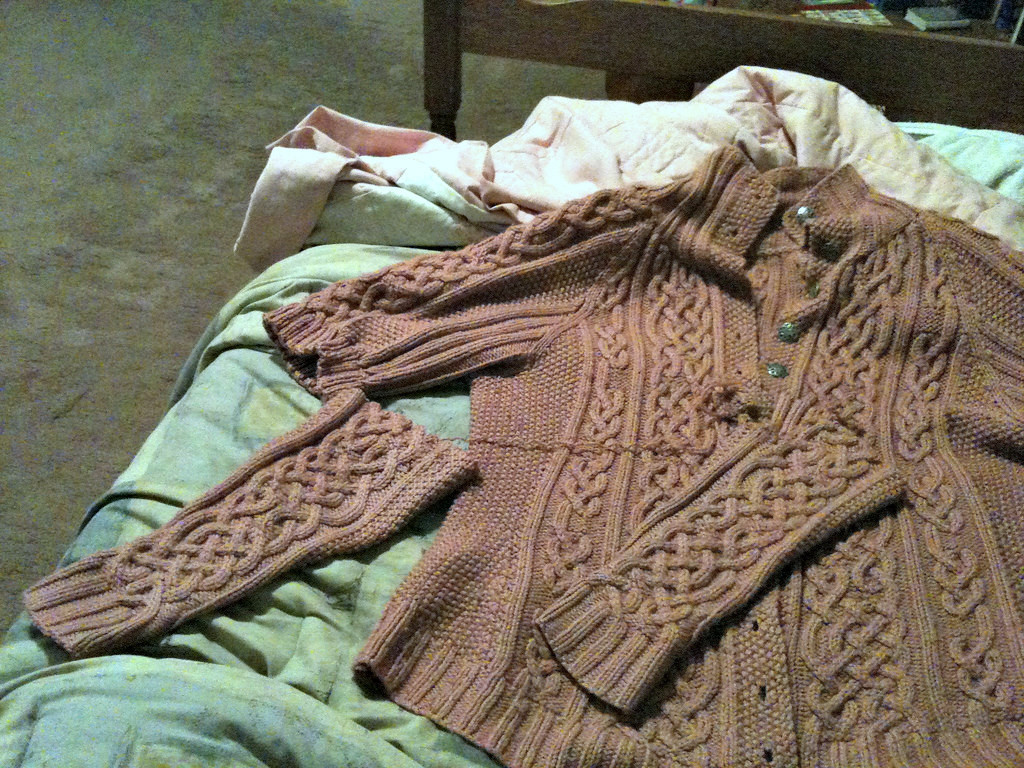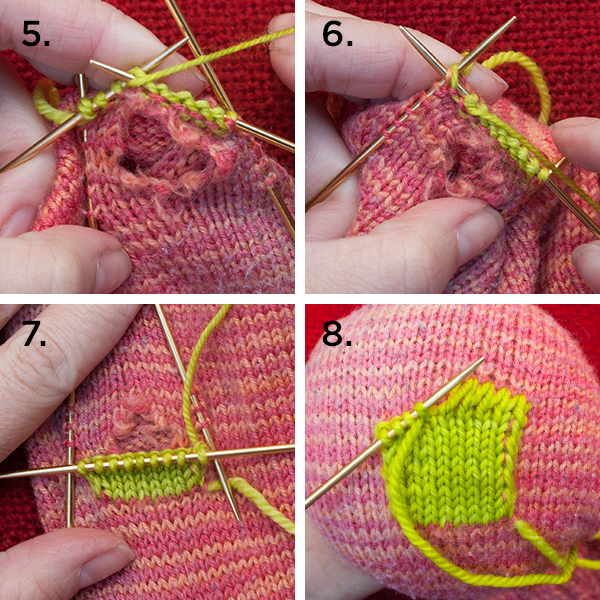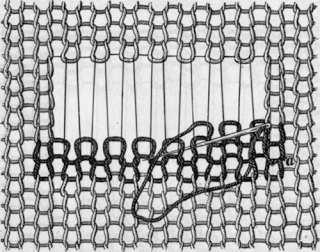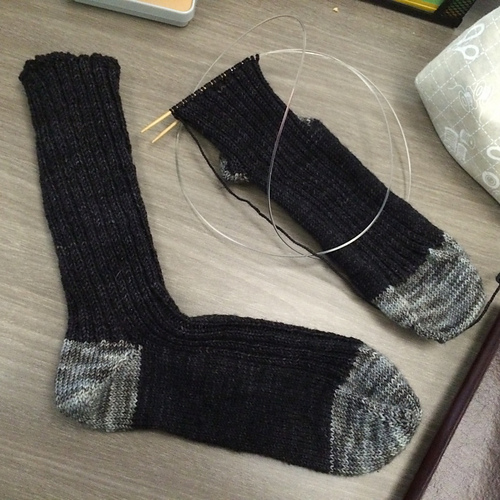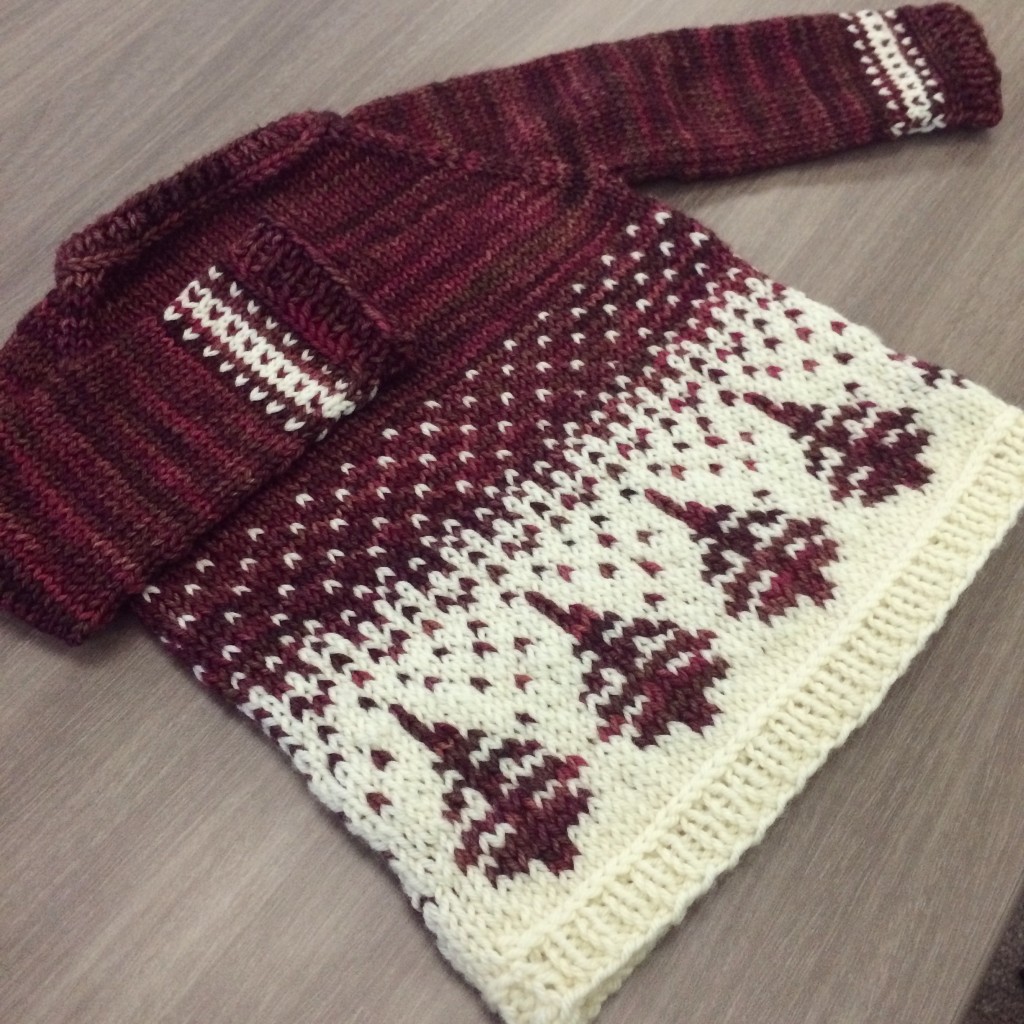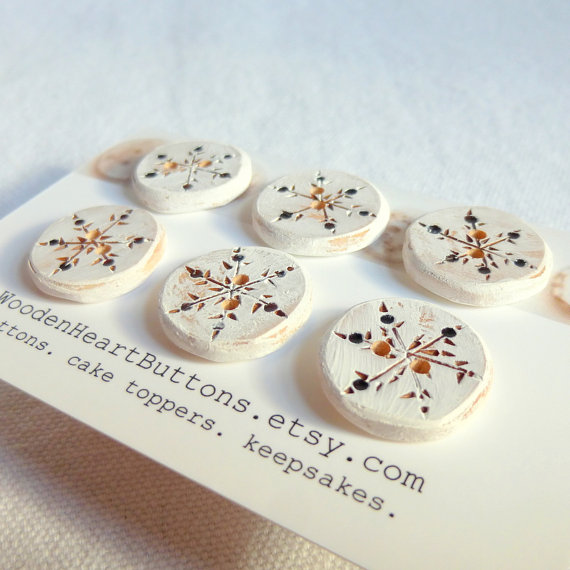Knitter’s Elbow
My Astoria isn’t going to be finished. I’ve got half a sleeve and a collar to go, and only a couple days until the Strung Along Retreat. Most days, this would hardly be a blip in the radar, but I did the unthinkable. I ignored all common sense and knit until I destroyed myself. I was so desperate to finish the sweater that I now have to spend a knitting retreat without any knitting at all.
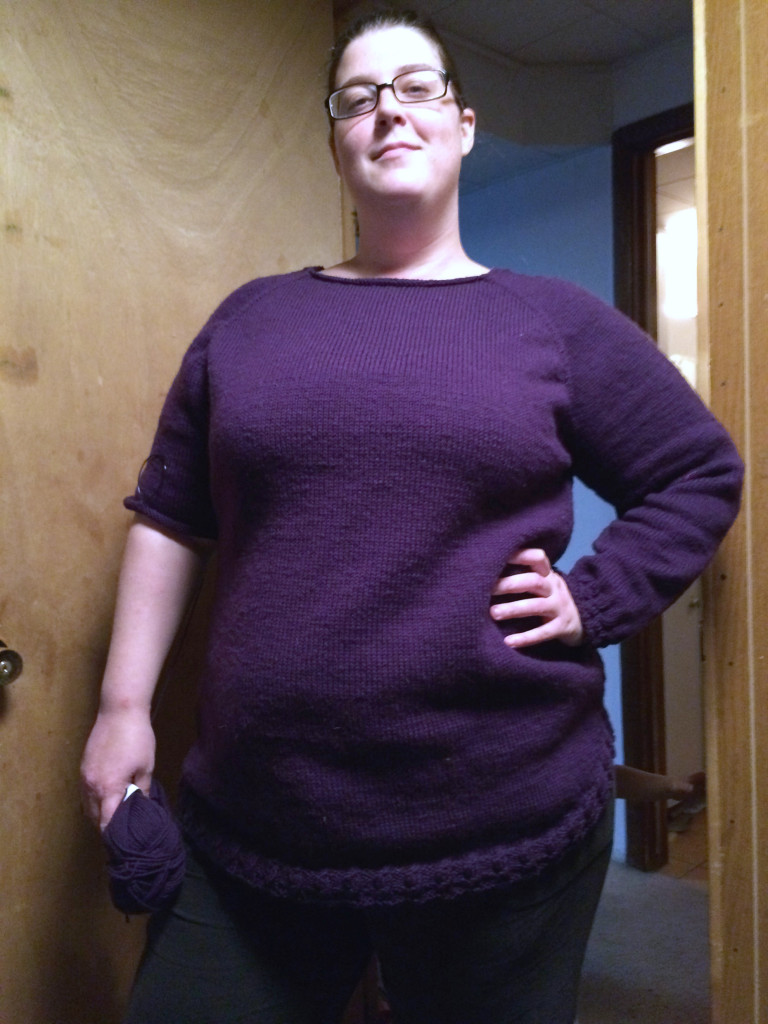
I’m devastated.
I’ve gotten knitter’s elbow before. It’s almost always after a sweater, come to think of it, and I’ve knit two this fall. That race to the finish has me pushing through when I should be enjoying the process. Just one more repeat. Just one more piece! It’s truly not worth it, ladies and gents. It’s just not.
In the spirit of education, I’ve found a few resources to help treat knitter’s (tennis) elbow, and, hopefully, prevent it in the first place.
I found a list of the Top 10 Most Effective Exercises for Tennis Elbow of All Time. You’ll find all the usual suspects including the Eccentric Exercise and the Forearm Extensor Stretch. A lot of these act to strengthen and lengthen the muscles we use everyday for our favorite pastime. Strength is prevention, they say.
Take a break every 30 – 45 minutes, and a LONG break after 2 hours. I read somewhere ages ago that however long you knit, that long break should be twice as long. For those short breaks, be sure to stretch and run through an exercise or two.
So it’s too late. What do you do now?
Ice packs can be helpful for reducing pain, and heat is useful for flooding the area with blood to help it heal. Guidelines say if you’re not feeling better after the first two weeks, it’s time to see a doctor.
Wish me luck!

